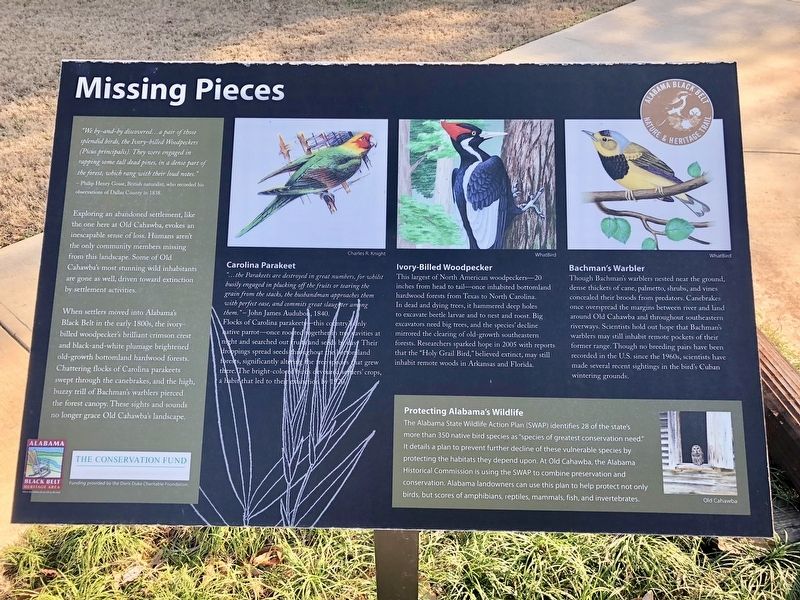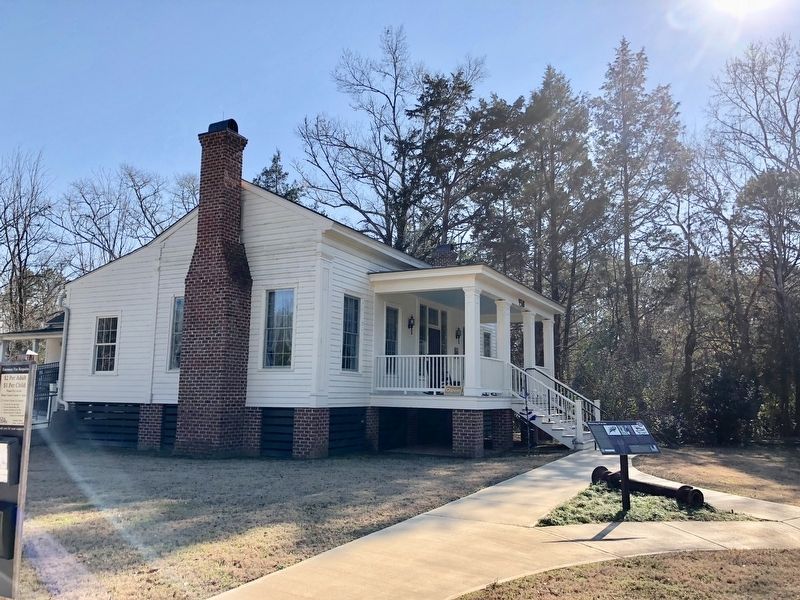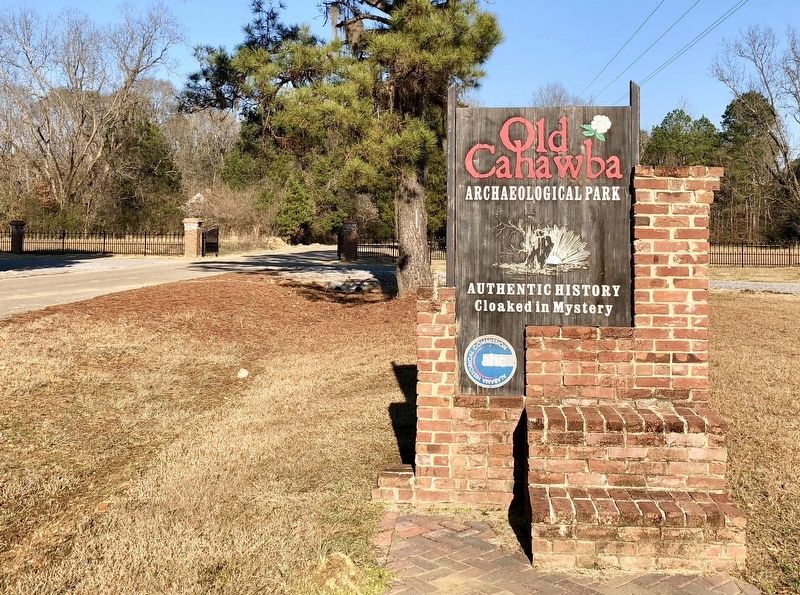Cahaba in Dallas County, Alabama — The American South (East South Central)
Missing Pieces
—Philip Henry Gosse, British naturalist, who recorded his observations of Dallas County in 1838.
Exploring an abandoned settlement, like the one here at Old Cahawba, evokes an inescapable sense of loss. Humans aren't the only community members missing from this landscape. Some of Old Cahawba's most stunning wild inhabitants are gone as well, driven toward extinction by settlement activities.
When settlers moved into Alabama's Black Belt in the early 1800s, the ivory- billed woodpecker's brilliant crimson crest and black-and-white plumage brightened old-growth bottomland hardwood forests. Chattering flocks of Carolina parakeets swept through the canebrakes, and the high, buzzy trill of Bachman's warblers pierced the forest canopy. These sights and sounds no longer grace Old Cahawba's landscape.
Protecting Alabama's Wildlife
The Alabama State Wildlife Action Plan (SWAP) identifies 28 of the state's more than 350 native bird species as 'species of greatest conservation need." It details a plan to prevent further decline of these vulnerable species by protecting the habitats they depend upon. At Old Cahawba, the Alabama Historical Commission is using the SWAP to combine preservation and conservation. Alabama landowners can use this plan to help protect not only birds, but scores of amphibians, reptiles, mammals, fish, and invertebrates.
Carolina Parakeet
"...the Parakeets are destroyed in great numbers, for whilst busily engaged in plucking off the fruits or tearing the grain from the stacks, the husbandman approaches them with perfect ease, and commits great slaughter among them." — John James Audubon, 1840.
Flocks of Carolina parakeets—this country's only native parrot—once roosted together in tree cavities at night and searched out fruits and seeds by day. Their droppings spread seeds throughout the bottomland forests, significantly altering the tree species that grew there. The bright-colored birds devoured settlers' crops, a habit that led to their extinction by 1920.
Ivory-Billed Woodpecker
This largest of North American woodpeckers—20 inches from head to tail—once inhabited bottomland hardwood forests from Texas to North Carolina. In dead and dying trees, it hammered deep holes to excavate beetle larvae and to nest and roost. Big excavators need big trees, and the species' decline mirrored the clearing of old-growth southeastern forests. Researchers sparked hope in 2005 with reports that the "Holy Grail Bird," believed extinct, may still inhabit remote woods in Arkansas and Florida.
Bachman's Warbler
Though Bachman's warblers nested near the ground, dense thickets of cane, palmetto, shrubs, and vines concealed their broods from predators. Canebrakes once overspread the margins between river and land around Old Cahawba and throughout southeastern riverways. Scientists hold out hope that Bachman's warblers may still inhabit remote pockets of their former range. Though no breeding pairs have been recorded in the U.S. since the 1960s, scientists have made several recent sightings in the bird's Cuban wintering grounds.
Erected 2013 by the Alabama Black Belt Nature & Heritage Trail.
Topics. This historical marker is listed in these topic lists: Animals • Parks & Recreational Areas • Settlements & Settlers. A significant historical year for this entry is 1838.
Location. Marker has been permanently removed. It was located near 32° 19.166′ N, 87° 6.277′ W. Marker was in Cahaba, Alabama, in Dallas County. Marker could be reached from the intersection of Cahaba Road
and Capitol Street, on the right when traveling north. Was located at the Cahawba Archaeological Park at the Visitor's Center. Touch for map. Marker was at or near this postal address: 9518 Cahaba Road, Orrville AL 36767, United States of America.
We have been informed that this sign or monument is no longer there and will not be replaced. This page is an archival view of what was.
Other nearby markers. At least 8 other markers are within walking distance of this location. Cahawba's Changing Landscape (within shouting distance of this marker); Cahawba’s Current Residents (within shouting distance of this marker); Black Belt Transformations (within shouting distance of this marker); Anna Gayle Fry House (approx. ¼ mile away); Who Lived Here? (approx. 0.3 miles away); Old Cemetery (approx. 0.3 miles away); Methodist Church (approx. 0.4 miles away); Memorials for Prisoners of War (approx. 0.4 miles away). Touch for a list and map of all markers in Cahaba.
More about this marker. Marker permanently removed.
Credits. This page was last revised on April 21, 2024. It was originally submitted on January 15, 2018, by Mark Hilton of Montgomery, Alabama. This page has been viewed 349 times since then and 57 times this year. Photos: 1, 2, 3. submitted on January 15, 2018, by Mark Hilton of Montgomery, Alabama.


